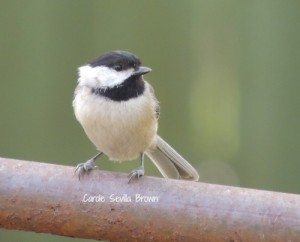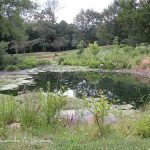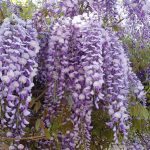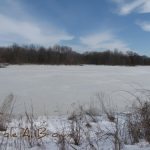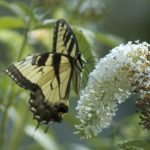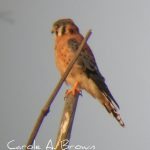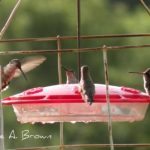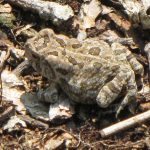Many years ago a Chickadee changed the course of my life’s work. This tiny bird is bold and persistent, and it set me on a journey of learning how to share our spaces with the wildlife around us.
I learned that the best thing that we could do for birds and other wildlife was to create and restore habitat for them, and that our gardens could play a crucial role in this. Gardeners really could make a difference by making better choices and learning to give a little back to wildlife.
You might have heard the famous “chick-a-dee-dee-dee” call of the Black-capped Chickadee. These little birds are natives of North America and are pretty easy to spot with their black cap, white cheeks, gray back, and buffy underbelly.
Chickadees are real foodies, munching on anything from seeds and nuts to insects and spiders. And get this, they’re also known for hiding food for later, like little squirrels. They’re always on the move, flitting around in trees and bushes, looking for their next meal.
Unlike some birds that fly south for the winter, these chickadees stick around all year long in their range, which is from Alaska and Canada down to the northern U.S. They like to make their homes in tree cavities or in nest boxes that we provide.
If you’re a bird lover, you’ll love having these little cuties in your yard. They love bird feeders and bird houses, so it’s easy to attract them to your backyard. Plus, they’re important for keeping tabs on the health of forests and other habitats.
Thanks to that persistent little Chickadee, an avid birder was born. I traveled around learning as much as I could about birds and the habitats they lived in. In addition, a passionate wildlife gardener was also born.
More From Ecosystem Gardening:
Submit your review | |

